Whole Foods Market is offering a $10 bonus if you auto-reload a Whole Foods Market gift card with a $100+ using any American Express card. You can buy a gift card online or in-store. You can also get a $5 bonus for every third reload of $100 or more after that. Offer runs through March 31, 2013.
A new Whole Foods recently opened up near us, and we’ve been shopping there occasionally. Despite being nicknamed “Whole Paycheck”, I have to admit that it’s a nice change to talk to knowledgeable employees about meat and other products. Being able to buy things by the pound (meat, bulk foods) as opposed to by the package has also been less wasteful for us. Their 365 basic items are also pretty good, although I’m certainly not saying that I could do all my shopping there.
Selected fine print:
[Read more…]
 A few readers asked for a baby update, and the 6-month-old mark felt like a good time. At this point, she is kinda-sorta sleeping through the night, kinda-sorta eating solid food, kinda-sorta becoming mobile, and 100% awesome! When people ask me how I’m doing these days, I paraphrase a quote attributed to
A few readers asked for a baby update, and the 6-month-old mark felt like a good time. At this point, she is kinda-sorta sleeping through the night, kinda-sorta eating solid food, kinda-sorta becoming mobile, and 100% awesome! When people ask me how I’m doing these days, I paraphrase a quote attributed to 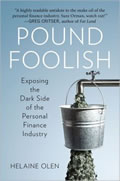
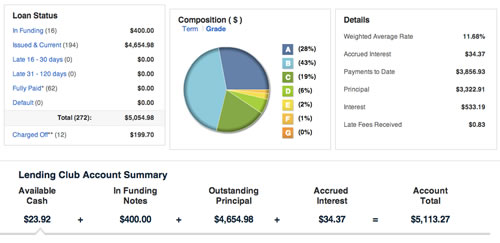
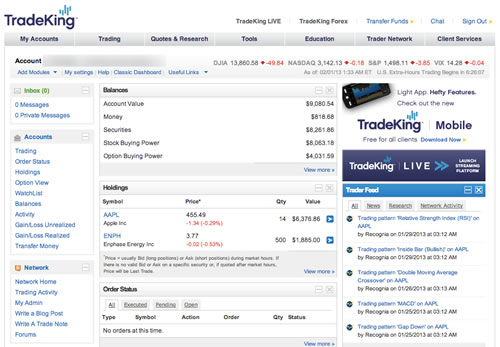
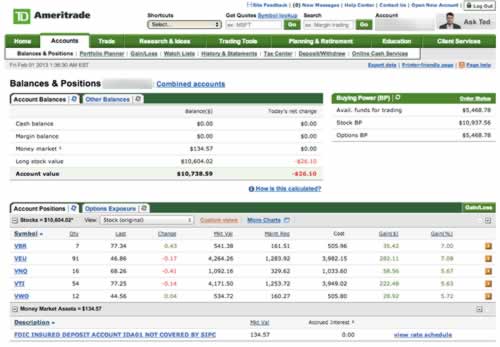
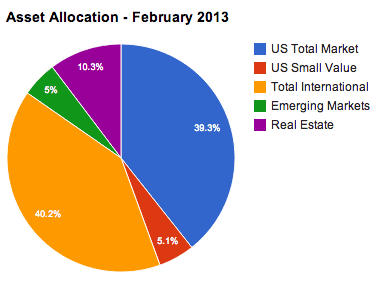
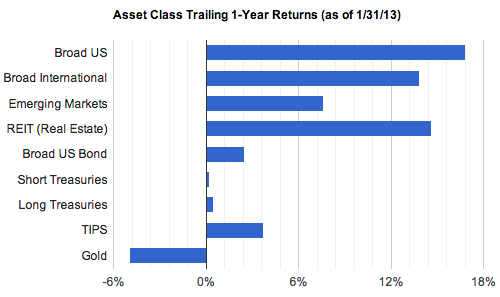
 The Best Credit Card Bonus Offers – March 2024
The Best Credit Card Bonus Offers – March 2024 Big List of Free Stocks from Brokerage Apps
Big List of Free Stocks from Brokerage Apps Best Interest Rates on Cash - March 2024
Best Interest Rates on Cash - March 2024 Free Credit Scores x 3 + Free Credit Monitoring
Free Credit Scores x 3 + Free Credit Monitoring Best No Fee 0% APR Balance Transfer Offers
Best No Fee 0% APR Balance Transfer Offers Little-Known Cellular Data Plans That Can Save Big Money
Little-Known Cellular Data Plans That Can Save Big Money How To Haggle Your Cable or Direct TV Bill
How To Haggle Your Cable or Direct TV Bill Big List of Free Consumer Data Reports (Credit, Rent, Work)
Big List of Free Consumer Data Reports (Credit, Rent, Work)